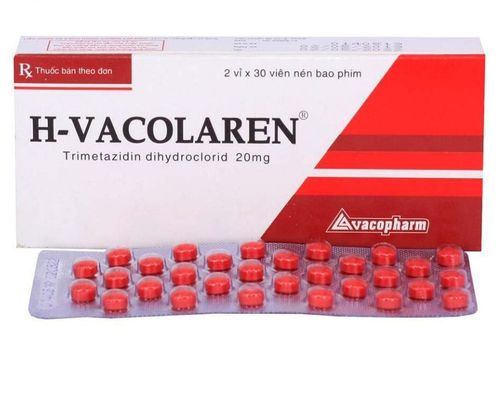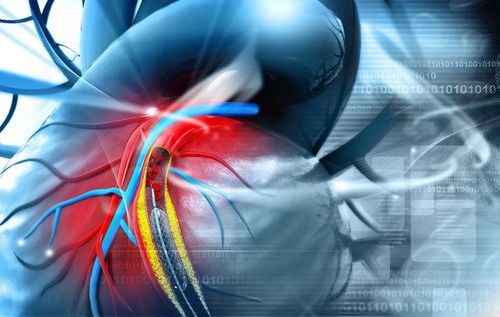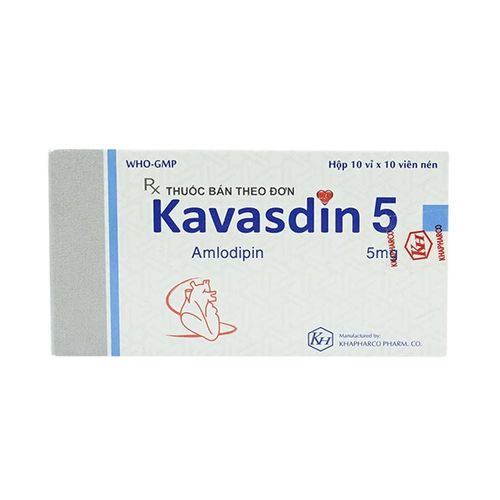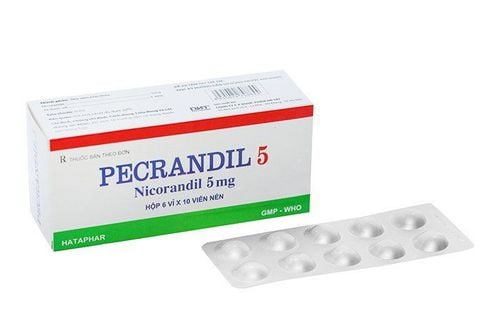This is an automatically translated article.
Unstable angina is the clinical manifestation of coronary insufficiency. The pain occurs even at rest, unstable angina can lead to myocardial infarction and seriously threaten the patient's life.
1. What is unstable angina?
Ischemic heart disease or coronary artery disease is a condition caused by narrowing of the coronary arteries that limit the supply of blood, oxygen, and nutrients to the heart. Ischemic heart disease can be chronic or acute. The clinical manifestation of coronary insufficiency is angina pectoris.
Chronic coronary insufficiency can manifest in the following forms: Stable angina Variable angina Silent myocardial ischemia Acute coronary insufficiency includes: Unstable angina Acute Myocardial Infarction Unstable angina occurs due to a sudden decrease in coronary blood flow to the myocardium, usually due to atherosclerosis leading to partial or total occlusion of the lumen.
Stable angina is common with exertion, while unstable angina usually occurs even with rest or normal activities. Symptoms of unstable angina are often more intense and last longer. The pain tends to appear more and more, the intensity of the pain increases. Unstable angina can lead to myocardial infarction and seriously threaten the patient's life.
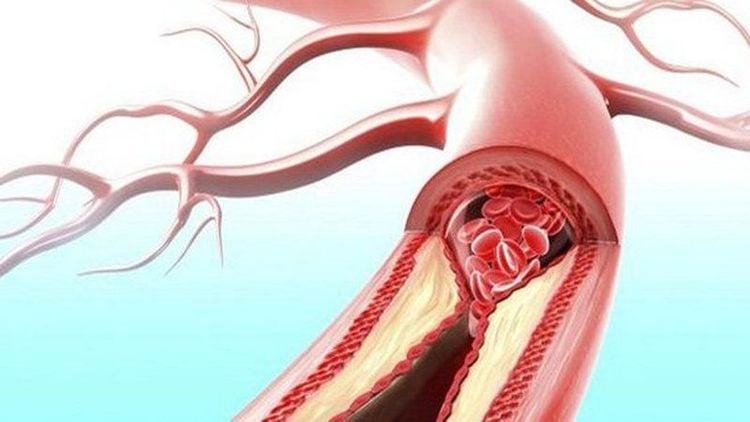
Cơn đau thắt ngực không ổn định do lòng mạch bị tắc nghẽn
2. Symptoms of unstable angina
Classic symptoms of angina include chest heaviness or pain, sometimes squeezing, pain radiating to the jaw or left arm.
Many patients with angina have no typical symptoms. Their discomfort can be very mild and may be localized to the back, abdomen, shoulders, or one or both arms. Nausea, shortness of breath, or simply a feeling of heartburn may be the only symptoms.
Pain or discomfort:
Usually occurs while you may be resting, sleeping, or exercising Unexpectedly Can last longer than stable angina Rest or medication usually does not relieve the pain pain or discomfort Pain intensity increases over time May lead to myocardial infarction May be little or no response to nitrates
3. Causes of unstable angina
Unstable angina occurs due to the rupture of an atherosclerotic plaque in the coronary artery, causing the artery to become blocked, creating angina that comes and goes in an unpredictable way.
Factors that increase the risk of unstable angina include:
Smoking Atherosclerosis Hypertension, high blood cholesterol levels, diabetes Family history of the disease Tall people Age has a higher risk of developing unstable angina
4. Diagnosis of unstable angina
4.1. Physical examination Symptoms are important in diagnosing unstable angina, or any form of acute coronary syndrome. The symptoms of chest pain in unstable angina are more intense, more persistent, can occur at rest, and may be no or less responsive to nitrates.
4.2. Diagnostic tests Electrocardiogram Heart enzymes Echocardiogram Coronary angiography
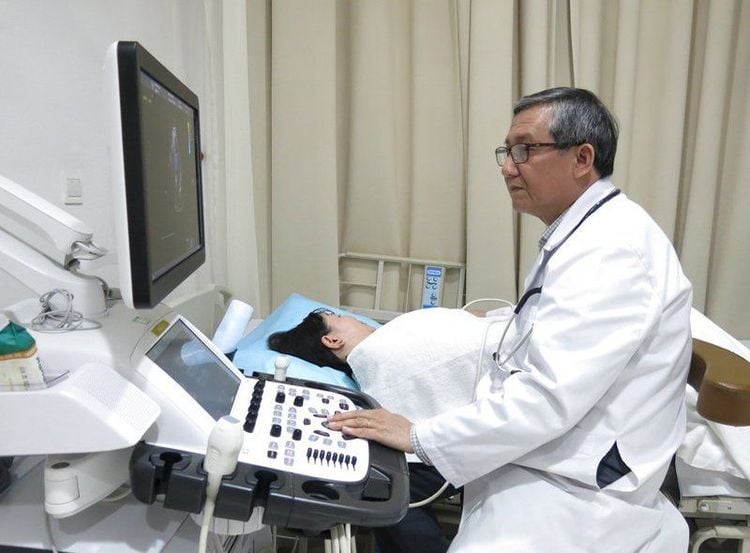
Xét nghiệm chẩn đoán đau thắt ngực không ổn định
5. Treatment regimen for unstable angina
Current treatments for unstable angina include medical and surgical treatment such as balloon angioplasty and stenting, or coronary bypass surgery.
For medical treatment, the goal of this method is to quickly use antiplatelet drugs, relieve chest pain, if the patient does not respond to medical treatment, emergency intervention is needed.
Drug classes used in treatment regimens for unstable angina such as:
Oral antiplatelet drugs: Aspirin, Ticlopidine, Clopidogrel Anticoagulants: Heparin Glycoprotein IIb receptor blockers/ IIIa of platelets: Abciximab, Eptifibatide, Tirofiban, Lamifiban, Nitroglycerin. Beta blockers: Metoprolol, Atenolol... Calcium channel blockers ACE inhibitors Surgical treatment:
Coronary interventional therapy (dilation or stenting): Coronary artery lesions suitable for intervention are: short lesions, no calcifications, few vascular lesions, not the common trunk, good left ventricular function... During coronary intervention, the use of a combination of drugs is very important. important. Surgery for aortic-coronary bypass is indicated in the following cases: Injury to multiple coronary arteries with good distal segment. Injury to the common trunk of the coronary artery. The lesions are too complicated (calcification, twisting, angulation, bifurcation, etc.) that cannot be dilated or stented. Failure to intervene.
6. Prevention of unstable angina
To prevent unstable angina as well as coronary heart disease in general, you should:
Build a healthy lifestyle, do not use alcohol, tobacco and stimulants; Have a reasonable rest regime, avoid stress, stress; Follow a suitable diet; Exercise regularly; Maintain a healthy weight; Periodic health examination; If you notice the above signs of unstable angina, it is best to go to the hospital immediately.
Vinmec International General Hospital is one of the hospitals that not only ensures professional quality with a team of leading medical professionals, modern equipment and technology, but also stands out for its examination and consultation services. comprehensive and professional medical consultation and treatment; civilized, polite, safe and sterile medical examination and treatment space.
Customers can directly go to Vinmec Health system nationwide to visit or contact the hotline here for support.





